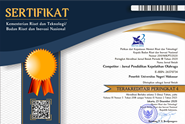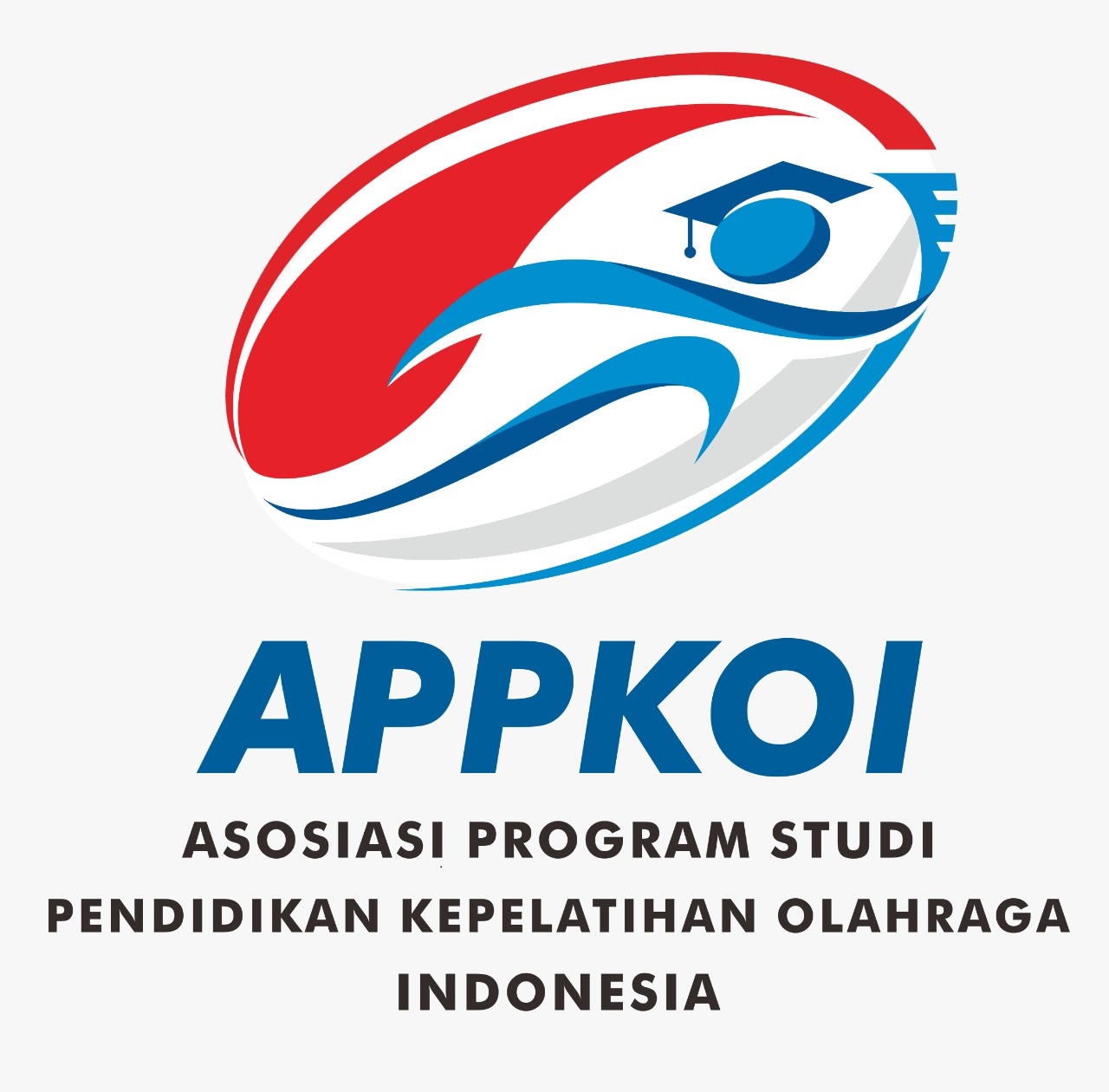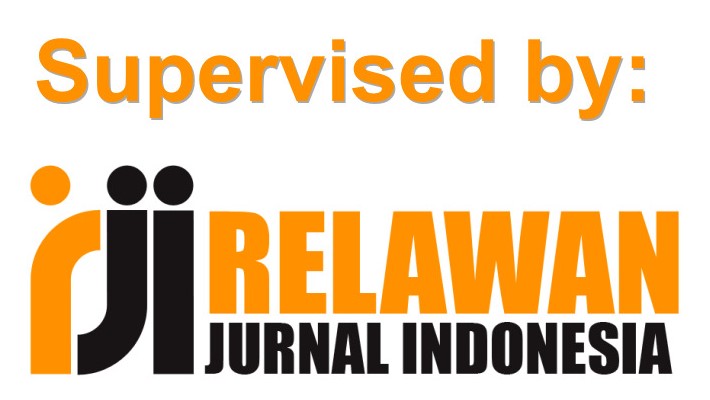Components of Physical Abilities on a Fast Climb 18 Peaks 12 Days at Altitudes Above 3000 MDPL
(1) Indonesian Education University
(2) Indonesian Education University
(3) Indonesian Education University
(4) Galuh University
(*) Corresponding Author
DOI: https://doi.org/10.26858/cjpko.v14i1.27873
Abstract
This study aims to determine the dominant and supporting factors regarding the components of the PAMOR FPOK UPI mountain climbers' physical abilities on fast climbing. This research method uses the expost-facto method. Data collection techniques using physical abilities instruments as many as 7 respondents. The sampling method uses non-probability with purposive sampling technique. Data analysis used confirmatory factor analysis with the help of SPSS 23 software for windows. The results of this study show that the physical abilities of mountain climbers consist of 15 components, namely Circulatory respiratory endurance, General strength, Right thigh circumference, Left thigh circumference, Speed & power, Elastic strength, Body weight, BMI, Percent body fat, and supporting components including are Agility, Balance, Anxiety, Circumference of the upper right hand, Circumference of the upper left hand. The factors that have the highest contribution to the physical abilities of PAMOR FPOK UPI mountain climbers are Muscular endurance, agility, endurance cardiorespiratory fitness, muscular strength and power percentage 36.452%.
Keywords
Full Text:
PDFReferences
Blake, H., Stanulewicz, N., & McGill, F. (2017). Predictors of physical activity and barriers to exercise in nursing and medical students. Journal of Advanced Nursing, 73(4), 917–929. https://doi.org/10.1111/jan.13181
Burtscher, M. (2004). Exercise capacity for mountaineering: How much is necessary? Research in Sports Medicine, 12(4), 241–250. https://doi.org/10.1080/15438620490497332
Duc, S., Cassirame, J., & Durand, F. (2011). Physiology of ski mountaineering racing. International Journal of Sports Medicine, 32(11), 856–863. https://doi.org/10.1055/s-0031-1279721
Festiawan, R., Suharjana, S., Priyambada, G., & Febrianta, Y. (2020). High intensity interval training and fartlek training: The effect on the level of VO2 Max. Journal of Sport, 8(1), 9–20. https://doi.org/10.21831/jk.v8i1.31076
Hoppeler, H., & Vogt, M. (2015). Muscle tissue adaptations to hypoxia Muscle tissue adaptations to hypoxia. October 2001.
Huey, RB, & Eguskitza, X. (2001). Limits to human performance: Elevated risks on high mountains. Journal of Experimental Biology, 204(18), 3115–3119.
Kilpatrick, MW, Jung, ME, & Little, JP (2014). High-intensity interval training: A review of physiological and psychological responses. ACSM's Health and Fitness Journal, 18(5), 11–16. https://doi.org/10.1249/FIT.0000000000000067
Kurniawan, AR, & Rohendi, A. (2021). Outdoor Recreation: Planning and Community Empowerment in Ciungwanara Educational Tourism Development. Journal of Sports, 7(1), 1. https://doi.org/10.25157/jkor.v7i1.5305
Monasterio, E., Alamri, YA, & Mei-Dan, O. (2014). Personality characteristics in a population of mountain climbers. Wilderness and Environmental Medicine, 25(2), 214–219. https://doi.org/10.1016/j.wem.2013.12.028
Moore, K., Thompson, C., & Hayes, R. (2001). Diabetes and extreme altitude mountaineering. British Journal of Sports Medicine, 35(2), 83. https://doi.org/10.1136/bjsm.35.2.83
Puehringer, R., Berger, M., Said, M., & Burtscher, M. (2020). Age-Dependent Health Status and Cardiorespiratory Fitness in Austrian Military Mountain Guides. High Altitude Medicine and Biology, 21(4), 346–351. https://doi.org/10.1089/ham.200.0092
Rahman, FA, Sugiyanto, & Kristiyanto, A. (2018). Mountaineering physical activities as community recreational sports. Journal of Education: Theory, Research, & Development, 3(3), 398–405.
Robertson, EY (2005). Physiological and Performance Effects of Altitude Training and Exposure in Elite Athletes. MSci Physiology & Sports Science.
Rokowski, R., Maciejczyk, M., Szygula, Z., & Sacz, N. (2017). Body build, strength and endurance performance in elite sport and alpine climbers – a pilot study. Journal of Kinesiology and Exercise Sciences, 79(27), 31–39.
Saul, D., Steinmetz, G., Saul, D., Steinmetz, G., Lehmann, W., & Schilling, AF (2019). Determinants for success in climbing: A systematic review Journal of Exercise Science & Fitness Determinants for success in climbing: A systematic review. Journal of Exercise Science & Fitness, 17(3), 91–100. https://doi.org/10.1016/j.jesf.2019.04.002
Schommer, K., & Bärtsch, P. (2011). Basic Medical Advice for Travelers to High Altitudes. Deutsches Aerzteblatt Online, December 2011. https://doi.org/10.3238/arztebl.2011.0839
Subarjah, H. (2013). Summary for Policymakers. In Intergovernmental Panel on Climate Change (Ed.), Climate Change 2013 - The Physical Science Basis (pp. 1–30). Cambridge University Press. https://doi.org/10.1017/CBO9781107415324.004
Sumann, G., Hochholzer, T., Faulhaber, M., & Burtscher, M. (2015). High-altitude mountaineering made safer. Trauma, 17(1), 4–16. https://doi.org/10.1177/1460408614531878.
Article Metrics
Abstract view : 139 times | PDF view : 17 timesRefbacks
- There are currently no refbacks.
Copyright (c) 2022 miftachul chamim

This work is licensed under a Creative Commons Attribution 4.0 International License.
COMPETITOR IS LICENSED BY :
 COMPETITOR is licensed under a Creative Commons Attribution 4.0 International License.
COMPETITOR is licensed under a Creative Commons Attribution 4.0 International License.
COMPETITOR EDITORIAL LOCATION :
![]() Kampus FIK Banta Bantaeng, Jalan Wijaya Kusuma Nomor 14, Rappocini, Makassar, Postal Code 90222
Kampus FIK Banta Bantaeng, Jalan Wijaya Kusuma Nomor 14, Rappocini, Makassar, Postal Code 90222
COMPETITOR IS INDEXED BY















